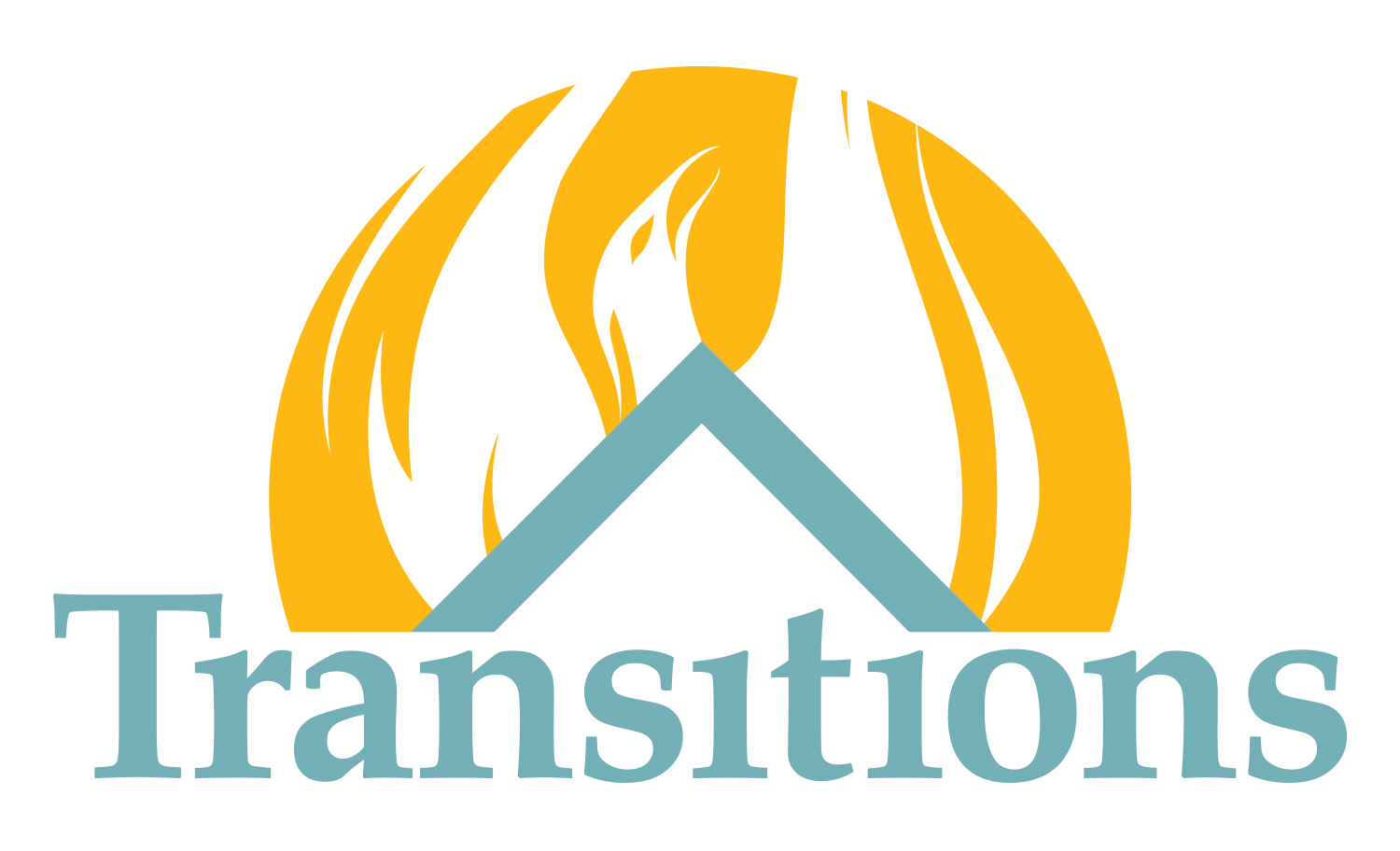Understanding Casey’s Law
Casey’s Law has been in effect for 18 years, and has helped thousands of individuals receive the help they need and get sober. Casey’s Law originated after 23 year old Matthew Casey Wethington unexpectedly passed away after overdosing from heroin in 2002. His parents had tried to get him help by attempting to intervene and get him into treatment, however they were denied and instructed that he was an adult and they had no rights to force him to treatment. His parents lobbied for change after his death, and Casey’s Law was passed in Spring 2004.
As of April 2022, there have been 7,020 petitions filed and 2,670 orders for individuals to go to treatment under Casey’s Law. Parents, relatives and friends are able to petition the court on behalf of their friend or loved one to require them to be court ordered to treatment.
Many in active addiction state that they did not realize how bad their addiction was until they hit “rock bottom”. The unfortunate thing is that sometimes a person's “rock bottom” can be death. In 2021 alone, Kentucky lost 2,250 individuals from overdoses, a 14.5% increase from 2020. Roughly 14,635 individuals have overdosed and passed away since 2012 in Kentucky alone. Thankfully, with the availability of Narcan that is available, many individuals are saved from death.
According to the 2020 Kentucky Overdose Fatality Report, ages 35-44 were the largest age group in overdose deaths, followed closely by ages 25-34. Fentanyl accounts for 71% of those overdoses in 2020, however overdoses involving Morphine, Heroin, Alprazolam (Xanax), Gabapentin, Methamphetamine and Oxycodone rose significantly from the year prior as well.
Misconceptions Regarding Casey’s Law
There are a few misconceptions regarding filing a Casey’s Law petition. The most common being that whoever files the petition (called Petitioner) has to pay for treatment themselves. This is not entirely true. While the petitioner does have to sign stating they will pay for treatment, the individual’s insurance will most likely pay for treatment. If the individual does not have insurance, most treatment centers will be able to provide help enrolling in Kentucky Medicaid, which will help pay for treatment, if not cover the entire cost. There are also several low-cost facilities and facilities that will accept self-pay at a rate that is acceptable to petitioners. Petitioners could also ask the Judge that ordered Casey's Law to dismiss the petition if they are having difficulty paying.
A second common misconception is that there are no repercussions if the respondent (individual who is ordered to treatment) does not abide by court order/Casey’s Law. If the respondent were to leave treatment prior to the ordered amount of days, they could be found to have failed to comply with orders and either be jailed for the remainder of the court ordered days, or jailed until a bed can be found at a treatment facility.
Thirdly, there is a misconception that treatment is short-term, typically 30 days. This is not always true. Depending on the severity, length of use, and frequency of use, the Judge could order the respondent a minimum of 30 days, a maximum 360 days, or anywhere in between.
A petitioner might have heard that they can only file a petition once. At times a person may return to use after being in remission from the disease of addiction, thus allowing individuals to file multiple petitions if needed.
Lastly, treatment does not have to be in the county in which the petition was filed either. The individual who filed the petition is responsible for finding a treatment facility, however that can be anywhere in the state and sometimes even out of state.
Process for Filing Casey’s Law
The first step is to obtain the form, entitled Form 700A- The Verified Petition for Involuntary Treatment of Alcohol/Drug Abuse (found online here or download the form directly). As mentioned above, family members, friends and spouses can file the petition with the District Court Clerk. The Court will review the allegations in the filed petition and examine the petitioner under oath. The court will then determine if there is probable cause to order treatment for the respondent, and if there is probable cause then the Judge will appoint an attorney to represent the respondent. The Judge will also order the respondent to be evaluated by a medical professional as well as a clinician to determine if they could benefit from treatment, then schedule a hearing within 14 days. The respondent is notified of the date and purpose of the hearing. Lastly, if the Judge finds the respondent should indeed go to treatment, they will order treatment for at least 30 days to no more than 360 days, depending on the request in the petition that was filed as well as the evaluation.
Transitions is always here to answer any questions regarding Casey’s Law and has clinicians available to complete the evaluation regarding the respondents mental health and substance abuse. We are here for the community as well as the state to provide quality Substance Use Disorder programming. We strive to help individuals develop coping skills, relapse prevention planning, identify triggers and much more. In our program, clients will have daily group sessions with clinicians and SUD (Substance Use Disorder) Educators as well as weekly sessions with an individual counselor. We’re always a phone call away, we cannot wait to hear from you.
References:

